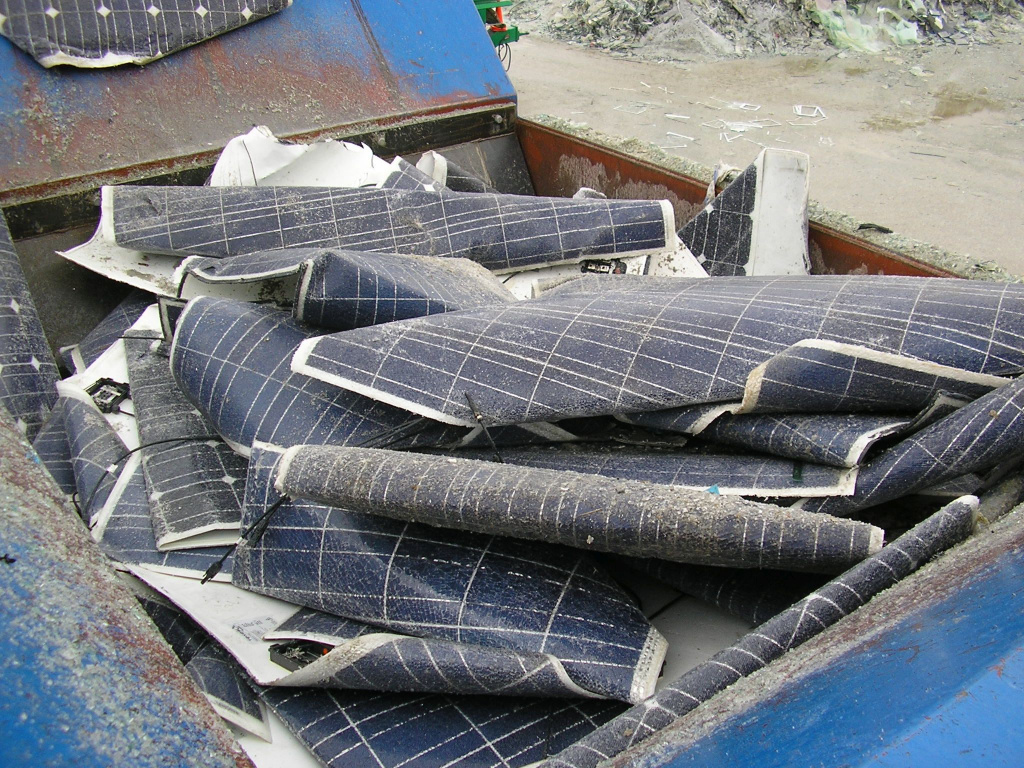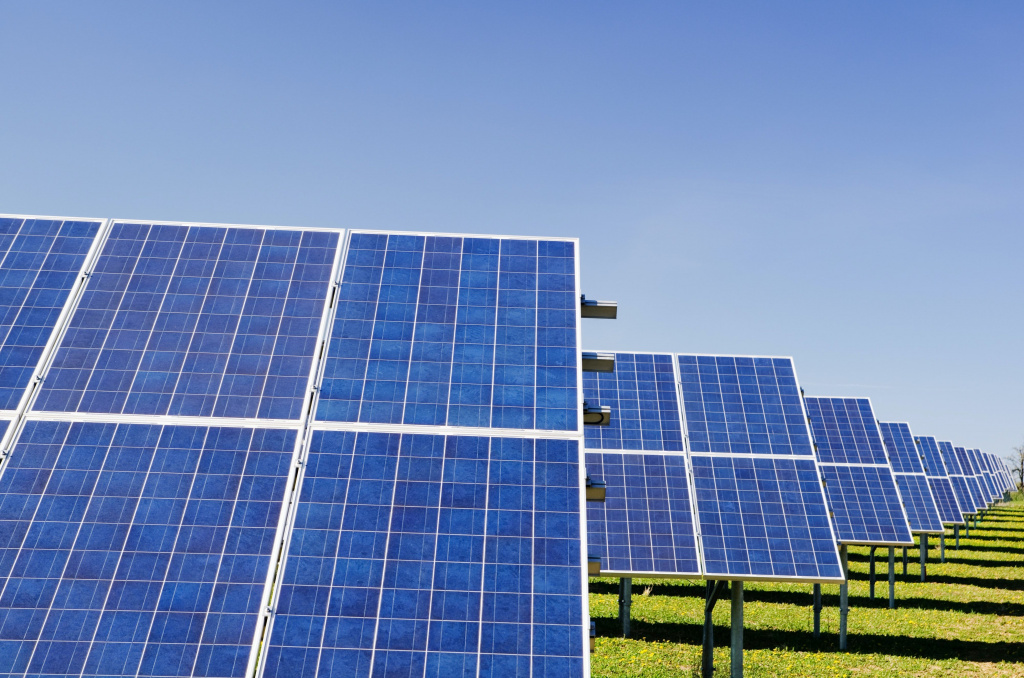The Project

Background
The biggest common priorities across the globe for the next decades is to reduce world’s carbon emission and keep the global temperature rise this century below 2°C. Renewable energies are at the forefront to achieve such an ambitious challenge, and more particularly solar energy as the lowest-cost alternative.
The growth of solar electricity generation is expected to reach a cumulative capacity of 2840 GW by 2030 and 8519 GW by 2050, which is equivalent to eighteen times the global capacity of 2018. Although Photovoltaic (PV) systems provide zero-emission power generation through their lifespan of 25-30 years, it is crucial to ensure sustainable products over the whole lifecycle. While strong efforts have been invested for the manufacturing stage to reduce environmental impacts, the End-of-Life (EoL) of PV devices remains a major challenge that PHOTORAMA will tackle with smart and efficient solutions.

Our Objectives
- To develop trailblazing technologies to implement a strong and reliable PV recycling scheme
- To demonstrate innovative recycling solutions with a pilot line that is at TRL 7
- To demonstrate full circularity by re-injecting the secondary rare materials in interdisciplinary value chain
- To drive market adoption of PHOTORAMA technologies as sustainable solutions
- To strengthen sustainable waste management actions under the EIP framework

Our Approach
The overall concept of PHOTORAMA (PHOtovoltaic waste management – advanced Technologies for recOvery & recycling of secondary RAw MAterials from end-of-life modules) is to develop and demonstrate new ecosystems of innovation leading to successful and competitive solutions to launch sustainable markets for secondary Raw Materials (RM) in Europe. The PV value chain is at the heart of PHOTORAMA to secure both clean and efficient energy and sustainable access to RM (Raw Materials)in Europe. We foresee a circular industry that will bridge and connect sectors from collection to production of secondary RM. The global and systemic vision takes on their reintroduction to RM industries as new materials or new products by bringing together cross-sectoral value chains.
For this purpose PHOTORAMA will set up a full management-Pilot Line including all needed interrelated successive steps: Auto disassembly, smart separation and innovative recovery of metals from solar cells (Si, Ag, In, Ga). To close the loop, all fractions of PV EoL components will be either directly recovered as energy fuel, re-used or recycled as RM feedstock to build new PV panels or other new products. The core strategy is to draw up a global recycling scheme considering carefully economic, environmental and social (awareness) dimensions.
Expected Impacts
PHOTORAMA will demonstrate how the recycling of PV devices such as WEEE can contribute to developing EU circular models for RM by meeting the challenge of PV waste taking into account the applicable EU environmental legislation. The recovery of high-purity ([98-99.99]%) valuable (Ag) and critical (Si, In, Ga) Raw Materials (RM) will increase the global revenue. This will demonstrate new opportunities of innovation to re-insert them in PV industry or new market applications (e.g. spin-off products) making the emerging PV recycling sector a crucial player of the broader circular economy for RM.
Our expected impacts are articulated around 5 dimensions presented below.

Ground-breaking perspectives: Innovative automated disassembly, layer separation, recovery and recycling technologies will enable the implementation of a relevant economic business case for high-recovery (>98%) of PV waste at the industrial level.